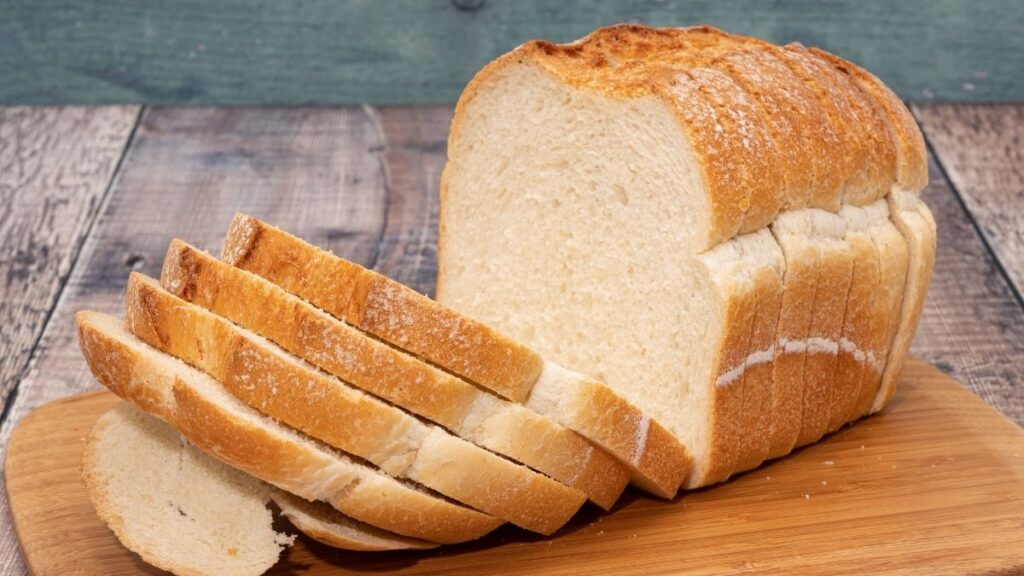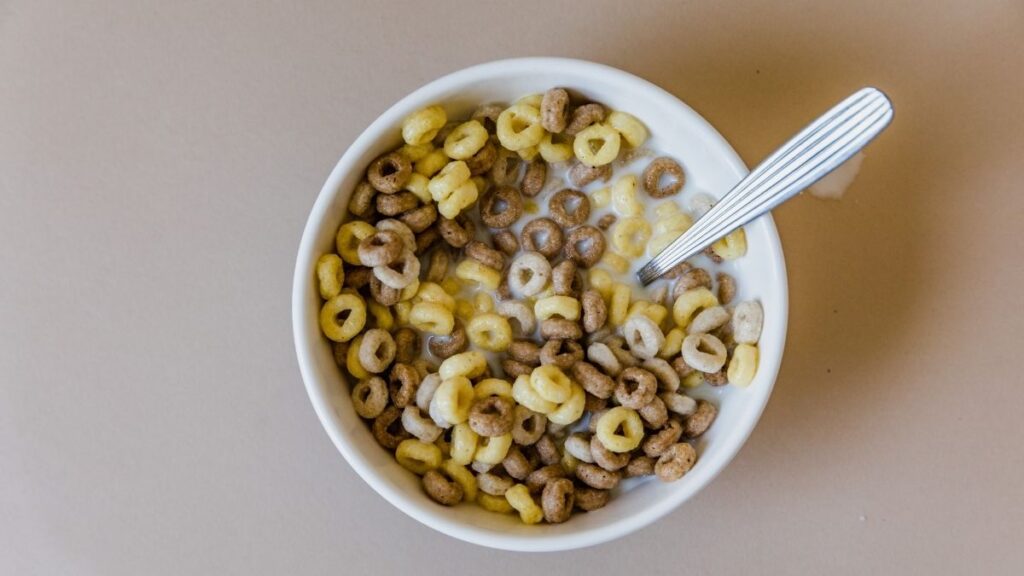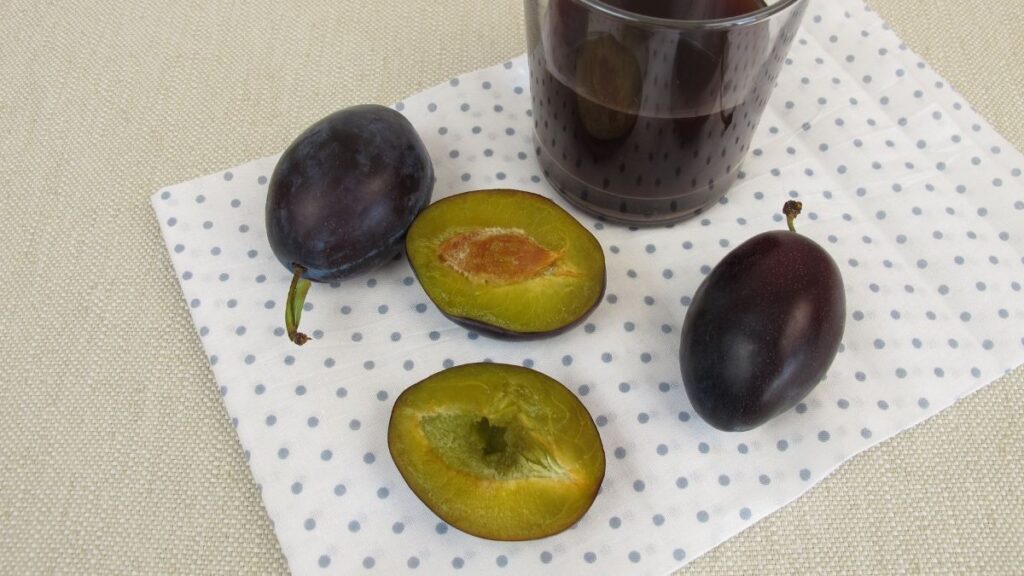BEWARE! These 8 Everyday Foods Are Secretly Loaded with Cancer-Causing Acrylamide!
Every day, you might be eating foods that quietly load your body with a chemical linked to cancer — acrylamide. It forms when common favorites like fries, chips, and cookies are cooked at high heat.
Most people have no idea they’re putting themselves at risk with meals they trust. The good news? You can still enjoy what you love by making smarter choices.
Let’s break down the eight sneaky foods you need to watch out for and how a few easy swaps can help protect your health starting today.
1. French Fries
Few snacks are as tempting as hot, crispy French fries. However, when potatoes are fried at high temperatures, they form a chemical called acrylamide.

Studies show that acrylamide is linked to an increased risk of cancer in lab animals. Over time, regular consumption could potentially raise health risks for humans as well.
Limiting how often you eat these crispy treats can make a big difference in your long-term wellness.
Tips:
- Choose baked or air-fried options instead of deep-fried.
- Cook potatoes at lower temperatures whenever possible.
- Soak raw potato slices in water before cooking to reduce acrylamide formation.
2. Potato Chips
Potato chips seem harmless enough, but they are actually one of the biggest sources of acrylamide.

Thin slices exposed to intense heat during frying cause a chemical reaction that produces this harmful compound.
Snacking on these chips regularly can quietly expose you to higher levels of acrylamide than you might expect. It is smart to look for healthier alternatives when cravings strike.
Tips:
- Switch to baked chips labeled as “low acrylamide.”
- Snack on raw veggies or roasted chickpeas instead.
- Limit portion sizes when you do choose chips.
3. Crackers
Many crackers, especially the crispy and golden-brown kinds, are made using high-heat baking, which boosts acrylamide levels.

Those crunchy textures you love are often a sign of heavy browning, an indicator of acrylamide presence.
Eating large quantities regularly may introduce more of this chemical into your diet than you realize. Making informed choices at the store can help protect your health.
Tips:
- Pick lightly baked crackers without heavy browning.
- Try whole-grain or seed-based options that use minimal processing.
- Read product labels and opt for brands focusing on lower heat methods.
4. Bread
Most people don’t realize that bread, especially when toasted dark, contains acrylamide.

The longer and hotter bread is cooked, the more acrylamide it can develop. That golden, crunchy texture many people love often carries hidden risks.
Choosing lighter toasting methods can significantly lower your exposure to this unwanted chemical.
Tips:
- Toast bread only until it’s lightly golden, not dark brown.
- Store bread properly to reduce the need for excessive toasting.
- Explore fresh, minimally processed bread from bakeries that use traditional methods.
5. Cookies
Cookies might be your go-to comfort food, but they are another hidden source of acrylamide. Baking at high temperatures causes sugars and amino acids in dough to react, creating this potentially harmful chemical.

Those perfectly crisp edges and golden hues often signal acrylamide formation. Being mindful about how often you indulge is key to keeping risks in check.
Tips:
- Enjoy homemade cookies baked at lower temperatures.
- Choose soft, lightly baked cookies when possible.
- Limit consumption of highly processed packaged cookies.
6. Breakfast Cereals
It’s easy to think that a quick bowl of cereal is a healthy start, but many processed breakfast cereals, especially those toasted or puffed, contain significant amounts of acrylamide.

During high-temperature cooking, the sugars and starches react and form acrylamide.
Consistent exposure through daily consumption could add up over time without you noticing.
Tips:
- Select cereals made with whole grains and minimal processing.
- Avoid cereals with very dark or toasted pieces.
- Add fresh fruit or oatmeal as alternatives to processed cereals.
7. Prune Juice
Surprisingly, prune juice contains a notable amount of acrylamide. During the drying and concentration of prunes, the chemical can develop naturally.

Although prune juice has health benefits like aiding digestion, drinking large amounts daily might also bring unintended risks.
Moderation is crucial when incorporating this juice into your diet.
Tips:
- Limit prune juice intake to small servings.
- Balance prune juice with other fresh fruit juices lower in acrylamide.
- Always drink plenty of water alongside to support digestion naturally.
8. Canned Black Olives
Canned black olives undergo a treatment process known as “oxidation,” which can increase acrylamide levels.
While olives are often seen as a healthy snack or salad topping, the canning process itself creates potential problems.
It’s better to choose options that involve less processing and fewer additives.
Tips:
- Pick fresh or jarred olives labeled with minimal processing.
- Rinse canned olives thoroughly before eating to remove some surface residues.
- Enjoy olives in moderation as part of a varied diet.
Final Thoughts
Paying attention to hidden acrylamide sources can make a real difference in your health over time. Many everyday foods we trust have silent risks when cooked or processed at high temperatures.
Small changes like choosing baked instead of fried, toasting lightly, and favoring fresh foods can reduce your exposure without making your meals feel restricted.
Awareness and moderation remain the best tools for protecting your body from these sneaky threats.







